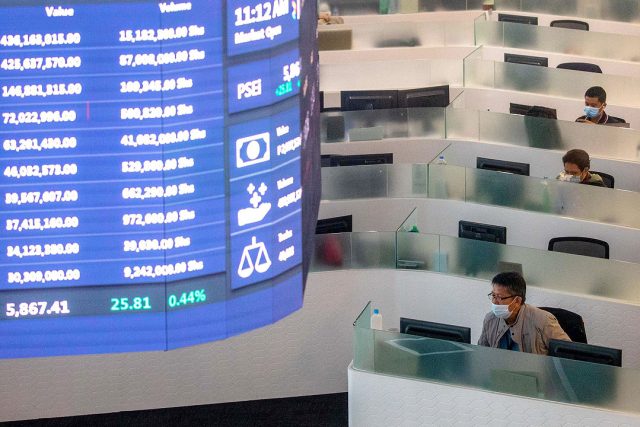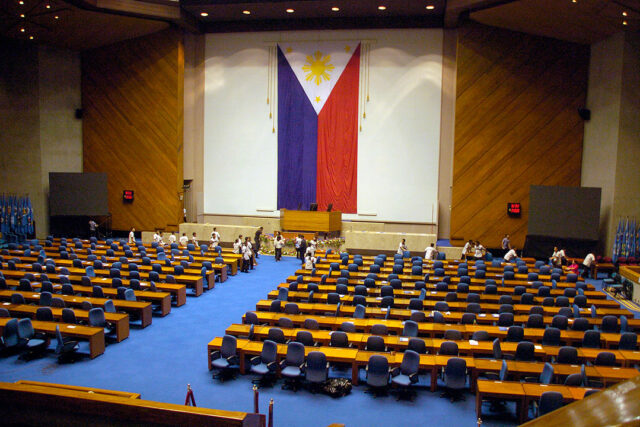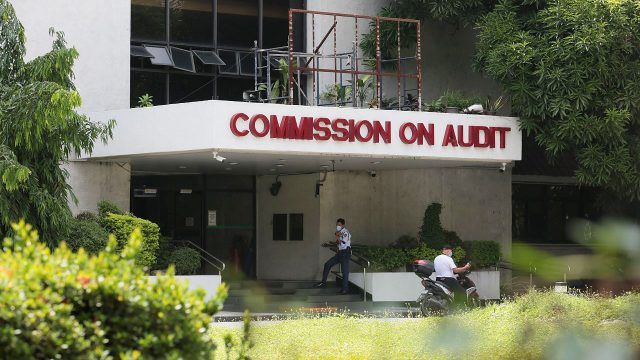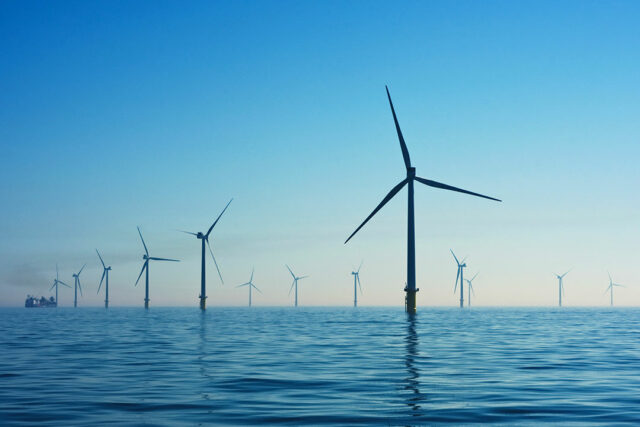By Kyle Aristophere T. Atienza, Reporter
THE Philippine liberal opposition is open to working with left-leaning opposition forces such as the Koalisyong Makabayan (Makabayan) for the midterm elections next year, as it sees similarities between their constituencies.
Analysts said opposition forces need a well-coordinated campaign to give themselves a fighting chance against the Marcos administration’s candidates, drawing lessons from a united and broad resistance that enabled oppositionists to gain majority control of the Senate under the Arroyo government.
“The Liberal Party (LP) is open to forging an alliance with like-minded, kindred opposition groups,” former senator and Party spokesperson Leila M. de Lima said in a Viber message at the weekend.
When asked to clarify whether LP, one of the oldest political parties in the Philippines, was referring to groups like Makabayan and Laban ng Masa, Ms. De Lima said: “Yes, on our common and shared issues and advocacies.”
The groups are “free to debate on those where we differ,” she said, noting some of their advocacies and the sectors they represent are “similar.”
“We should be able to harness our efforts,” she added, “to convince our people to elect more progressive candidates.”
Ms. De Lima, who was jailed during the term of former president Rodrigo R. Duterte after launching a series of probes into his deadly war on drugs, is the first nominee of Mamamayang Liberal, the Liberal Party’s party-list group representing marginalized sectors.
For the 2025 senatorial race, the Party is only fielding former Senator Francis Pancratius “Kiko” N. Pangilinan, who gave a video message of solidarity during the Saturday convention of Makabayan, which has launched 11 senatorial bets representing various sectors.
“We will be open to forging unity with individuals who share our program or some aspects of it,” Liza Largoza-Maza, co-chair of Makabayan, said in a Facebook Messenger chat. Makabayan is not open to working with the opposition-posturing movement led by Mr. Duterte and his allies. “They are not real opposition.”
Ms. Maza said Makabayan is still looking into the agenda of other opposition groups including their stances on basic issues such as “unemployment, high prices of goods and services, presence of US military bases, missiles and troops in our soil, and foreign interference.”
Rafaela David, President of Akbayan Party, had yet to reply to a Facebook Messenger chat seeking comment. Akbayan is an ally of LP and is the political party of Senator Risa Hontiveros-Baraquel, who is the highest elected official among opposition forces.
LESSONS FROM ARROYO OPPOSITION
WR Numero Research President and Chief Executive Officer Cleve V. Arguelles said opposition groups have something to learn from the opposition during the administration of former president Gloria M. Arroyo, who in 2008 was tagged as the most unpopular president in the country since the restoration of formal democracy in 1986: “Only a well-coordinated, unified opposition campaign can stand up to Malacañang and rival the two Ms that it enjoys: money and machines.”
He said the Philippines under President Ferdinand R. Marcos, Jr., whose father was toppled in an anti-dictatorship uprising in the 1970s, currently has a fragmented opposition and it does not help that it has a weaker constituency.
“We see a fragmented one now, and also weakly coordinated. Some are running again in the Senate while some are trying their luck in the House and even in local government,” he said.
“It’s a concern that they have retreated to just running their own campaigns, dividing the attention and efforts of the already smaller opposition constituency.”
Political camps in the Philippines have been realigning ahead of a referendum election that is likely to be dominated by dynastic politicians based on opinion polls, and several mainstream political parties have managed to set aside differences to support the Marcos administration.
Mr. Marcos’ Partido Federal ng Pilipinas, the Nacionalista Party, the Nationalist People’s Coalition, and the National Unity Party have coalesced under an alliance called “Alyansa Para Sa Bagong Pilipinas.”
Opposition to the administration of Ms. Arroyo, a vice-president turned president after the ouster of former president Joseph E. Estrada on corruption issues in 2001, grew significantly through the years, with business groups and mainstream parties openly calling for her resignation and some leftist forces including the Laban ng Masa calling for a transitional government.
Renecio “Luke” S. Espiritu, Jr. of Laban ng Masa had yet to reply to a Viber message seeking the group’s side for this report. The group is fielding Mr. Espiritu and labor leader Leodegario “Ka Leody” de Guzman for the senatorial race.
In the 2007 general election, the Genuine Opposition, which is composed of major political parties opposed to her leadership, secured seven seats while the administration-endorsed Team Unity got only three seats.
NOT QUITE THE SAME
“We really couldn’t compare the current administration with Arroyo’s because the former enjoys a higher level of electoral legitimacy,” said Anthony Lawrence A. Borja, a political science professor at De La Salle University, noting that Ms. Arroyo committed electoral fraud.
“Because of this, Arroyo is a clear and more convincing target for the opposition to coalesce against,” he said in a Facebook Messenger chat.
The situation could not be true for Mr. Marcos because former president Rodrigo R. Duterte, whose six-year term was marked by activist killings and deaths under his bloody anti-drugs campaign, is “another target for opposition forces,” Mr. Bojra explained.
“Simply put, the administration versus opposition dichotomy is over for the time being and what we have is, at least, a three-way conflict.”
Arjan P. Aguirre, who teaches political science at the Ateneo de Manila University, said progressive forces have not been able to cope with the changing political landscape through the years, and it did not help that the Duterte administration capitalized on social media to tarnish their reputation.
“During the Arroyo years, it was different. You have a very unpopular president, and that the media was still effective in giving a solid framing for every issue that was thrown against her government,” he said via Messenger chat.
“To be in opposition at that time was something seen as positive.”
“Since Duterte’s time, opposing the government was seen either as a mere reactionary move from the then liberal forces or an extreme attempt to go against the government from the radical left forces,” he said.
Opposition forces were effectively reduced as mere power-grabbers and enemies of the state under Mr. Duterte, he added.
Hansley A. Juliano, who teaches politics at the Ateneo de Manila, said more voters now have been tired of casting protest votes, conflating support for administration candidates with their hope for a “stable government.”
He noted possible growing discontent in progressive politics, especially among “information and data-bombarded” young voters.
“The section of the electorate that is educated/integrated into civic engagement is also underpinned by an uncritical appreciation of the private sector’s role in society, regardless of how much abuses it commits in the name of profit-seeking,” Mr. Juliano noted via Messenger chat.
“Young voters may not necessarily be tired of engaging in progressive politics, but the model and tactics of progressive politics have grown stale,” he added. “This hurts the chances of the opposition.”
Mr. Borja said from the perspective of ordinary voters, a protest vote would certainly come from the liberal and leftist sectors. “However, for the partisans of Marcos and Duterte, it becomes a matter of defending their respective chiefs.”
“Is a stable government part of the equation? Probably for Marcos supporters, or for those who are taking politics more seriously than a mere betting game,” he added.
He said the situation is heavily favorable to the Marcoses and Dutertes. “Overall, only a severe crisis or an epic scandal can change the battle lines.”
Mr. Aguirre urged opposition groups to focus on offering alternatives and avoid falling prey to the Marcos-Duterte bickering.
“The way to go is to focus on economic recovery and a clear rejection of the petty dynastic quarrels between the Marcoses and Dutertes,” he said.
“It’s a one-two punch that I’m sure could lead to a knockout — opposition candidates winning one or two seats.”
“We are running as opposition. We can expect natural alignments among all those who will be running as opposition,” Ms. De Lima said, the former senator said.
“Discussions with other groups will be had as issues arise and as positions on these issues solidify,” she added. “Our goal throughout all this will remain the same: To win without compromising our values.”












